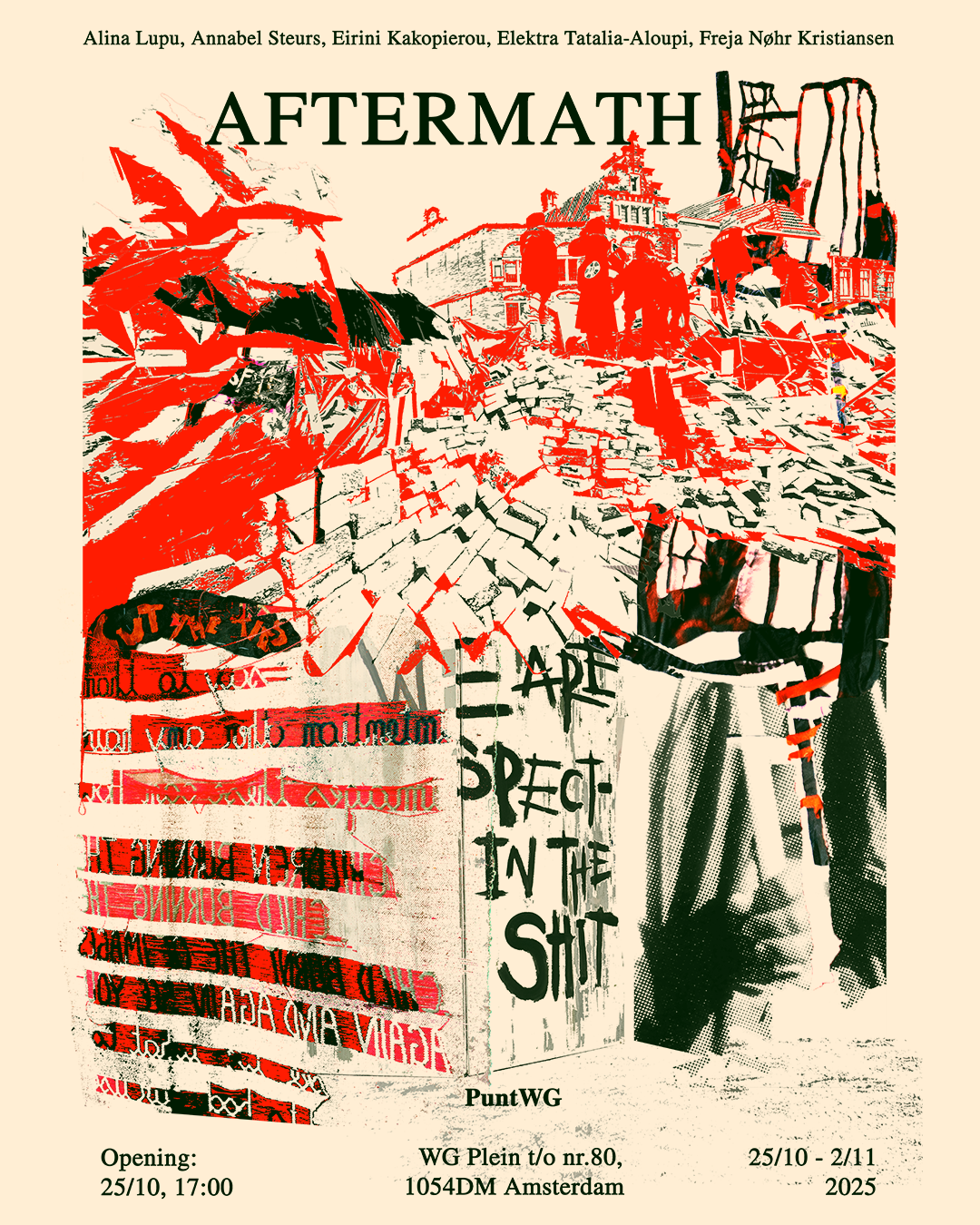
From 18 January, Fons Welters will exhibit the work of Indian artist Arjun Das.
Arjun Das, like many from his village, moved to Kolkata at the age of ten with his brothers to work in a restaurant. Later, he enrolled at Rabindra Bharati University, earning a BFA in Sculpture in 2015 and an MFA in 2017. Das’s experience as a migrant worker has profoundly influenced his artistic practice. His background enables him to depict the realities of workers’ lives through his art. He incorporates found and recycled materials into his work, using carving techniques to transform reclaimed wood into intricate reliefs.
Maastricht owes much to its own excavations and the labourers who carried them out. Two thousand years ago, the Romans quarried Limburg for marl to produce building stones. In the 13th century, limestone from the region was used to construct the city’s walls and churches. By the 1920s, the ENCI (Eerste Nederlandse Cement Industrie), located on the Sint-Pietersberg, was Europe’s largest cement factory. Excavations uncovered increasing numbers of fossils, including the first Mosasaurus skull in 1764. Many of these fossils are now housed in the Natural History Museum Maastricht.
Das’s work is consistently rooted in the working-class communities of the places where he lives. Since arriving at the Jan van Eyck Academy, he has taken to visiting construction sites around the city. Although ENCI ceased its mining operations in 2018, former employees have gifted Das original building stones from Maastricht’s historic wall, as well as newer stones used for repairs. Under the title SOME RUINS ARE EXTANT……. Transient city and rooted one, Das uses techniques inspired by archaeological excavation methods to carve new ‘fossils’ into these preserved fragments, representing tools of the city’s anonymous workers.
Using marl, found wood, and drawings, Das creates an iconography of the working class. These depictions are contrasted with images of power and bourgeois comfort, visualising the mirrored worlds of rich and poor in his work. The marl fossils aim to fill gaps in the region’s historical archive, while his woodcarvings and drawings introduce a visual vocabulary of today’s working class.
Arjun Das (1994) lives and works in Kolkata, India. He has held several solo exhibitions, including Land of the Leal(2023) at Dhi Artspace, Hyderabad, IN, and Traces (2019) at Museum Forum Schlossplatz, CH. Das has participated in various group exhibitions, such as In the Vacuum We Felt Air at Kunstfort Vijfhuizen, NL, An Unlocated Window of Myself (2023) at Dotwalk Gallery, Delhi, IN, PERSPECTA 17 (2017) at Gallery 88, Kolkata, IN, and Persistence of Memory (2019) at Art Positive Gallery, New Delhi, IN.
Source:
Jan van Eyck Academy. Publication issued on the occasion of Open Studios, 20–23 June 2024. Texts by Jan van Eyck participants in collaboration with Amanda Sarroff. Translations by Thea Wieteler. Edited by Solange Roosen and Liva Laure.

